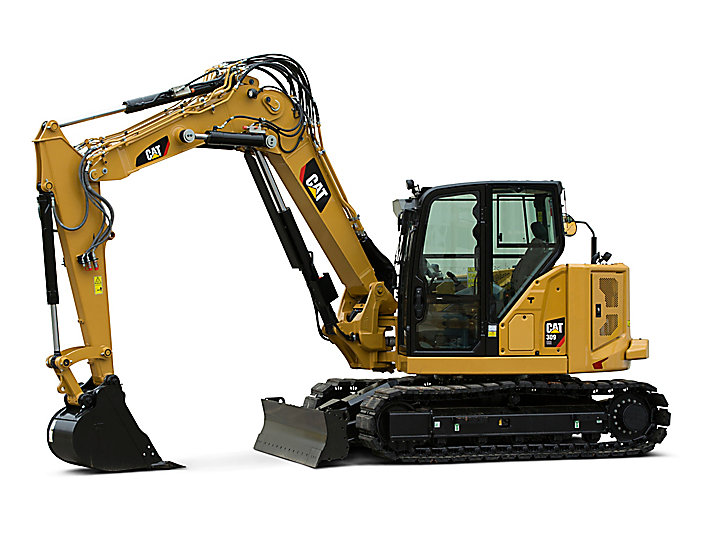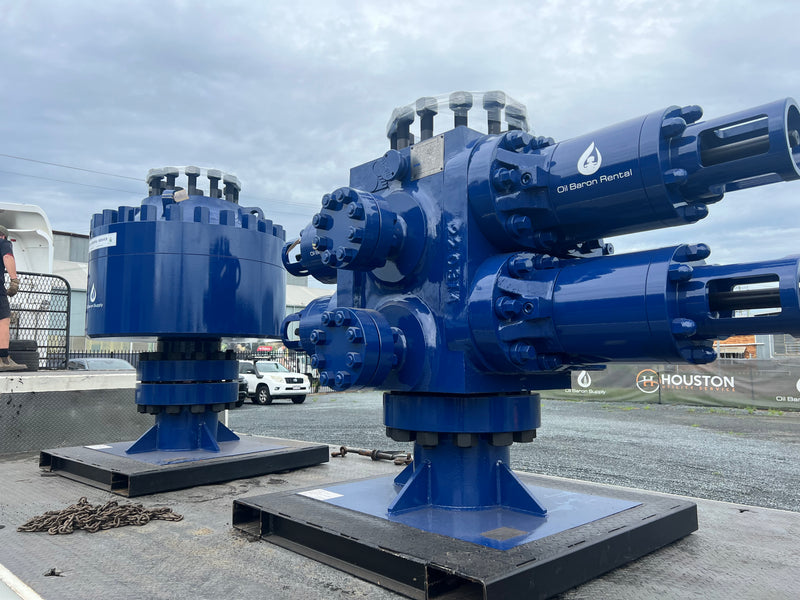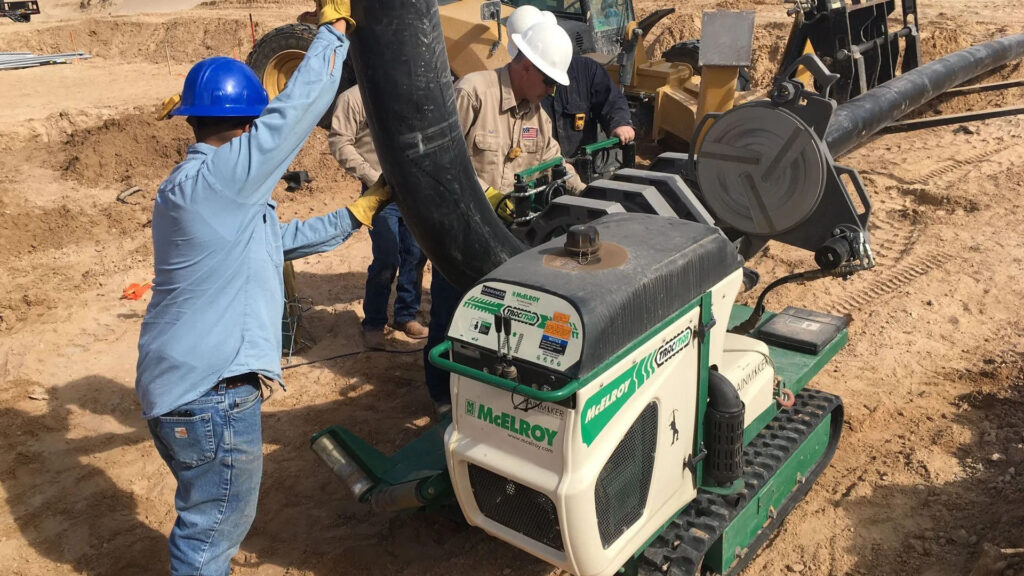Superior Rentals midland: insider guide for businesses and contractors
All Concerning Oil Field Equipment and Pipeline Equipment: Trick Insights and Vital Information
Oil field equipment and pipeline systems play a crucial role in the oil and gas sector. They are vital for the efficient removal and transport of hydrocarbons. Key parts, such as drilling rigs and tank, straight influence operational success. On the other hand, improvements in technology guarantee to enhance security and performance. Recognizing these aspects is important for any person associated with or curious about this intricate field, as it sets the stage for deeper exploration of industry practices.

Overview of Oil Field Equipment
As the demand for oil proceeds to expand, recognizing the equipment made use of in oil areas ends up being increasingly important. Oil field equipment encompasses a wide variety of equipment and devices crucial for exploration, removal, and handling. Key elements include drilling rigs, which are vital for reaching oil storage tanks, and production equipment, such as separators and pumps, that promote the removal process. Superior Oilfield Rentals. Additionally, storage space containers play a substantial function in holding petroleum before transport. Safety and security equipment, consisting of blowout preventers and stress evaluates, ensures operational safety and security and efficiency. Each tool features cohesively to optimize production and keep reliable operations. Familiarity with this devices is essential for professionals in the sector to ensure successful operations and adherence to safety requirements
Sorts Of Drilling Rigs and Their Applications
Drilling rigs function as the foundation of oil extraction procedures, with different types developed for certain geological conditions and operational demands. One of the most common types include rotary exploration rigs, which make use of a turning drill little bit to penetrate the planet, and cable device rigs, known for their percussion drilling technique. For overseas operations, jack-up rigs and semi-submersible rigs supply security and assistance in aquatic settings. Furthermore, directional drilling rigs make it possible for operators to drill at angles, reaching deposits that are not up and down available. Each rig kind has one-of-a-kind benefits, optimizing efficiency and security based upon the exploration setting. Selecting the suitable rig is necessary for maximizing resource removal while decreasing environmental influence and operational prices.

Essential Pipeline Equipment and Their Features
Pipeline infrastructure is necessary for the transport of oil and gas from extraction websites to refining centers and end-users. Different vital tools parts promote this process. Pipelines themselves act as the key conduits, developed to withstand high stress and harsh compounds. Pump terminals are crucial for maintaining flow by enhancing stress along the pipeline. Shutoffs play a vital duty in controlling circulation and separating sections for maintenance. Furthermore, installations and connectors assure secure joints between pipeline areas. Monitoring systems, including circulation meters and pressure sensing units, are crucial for identifying leakages and optimizing circulation prices. Pigging equipment is employed for maintenance and cleansing, protecting pipeline honesty and performance. Together, these components create the backbone of a dependable pipeline system.
Innovations and Technologies in Oil and Gas Equipment

Safety and Upkeep Practices in the Oil Market
While the oil industry has actually made considerable strides in technology and efficiency, the significance of durable safety and maintenance methods can not be overemphasized. Reliable safety and security procedures are necessary to secure workers and the environment, decreasing the threat of crashes and spills. Routine inspections and upkeep of equipment assistance determine possible concerns before they intensify, making sure operational navigate here honesty. Educating programs for employees are essential, highlighting the value of safety and security recognition and emergency situation feedback treatments. In addition, adherence to market policies and requirements fosters a society of safety. Carrying out innovative tracking modern technologies can better improve maintenance methods, enabling real-time analyses of equipment problems. Ultimately, focusing on security and maintenance is integral to the sustainability and success of the oil market.
Often Asked Concerns
What Are the Ecological Impacts of Oil Field Equipment?
The environmental influences of oil field equipment consist of habitat devastation, water contamination, and air pollution (Superior Rentals fusion machines). Furthermore, tools breakdown can result in spills, adversely affecting wild animals and communities, highlighting the need for stringent regulations and surveillance
How Is Oil Field Equipment Transported to Remote Locations?
Delivering oil field equipment to remote areas often involves customized lorries, helicopters, or barges. Logistics firms coordinate paths, making certain tools shows up securely and efficiently, taking into consideration terrain and access to decrease delays and take full advantage of productivity.
What Regulatory Specifications Govern Oil Field Equipment?
Governing standards governing oil field equipment mostly include security, environmental management, and operational efficiency guidelines. Agencies such as OSHA and EPA enforce these guidelines to assure secure techniques and minimize environmental impact in oil extraction operations.
What Abilities Are Needed to Operate Oil Field Equipment?

How Do Oil Costs Affect Equipment Demand and Use?
Oil rates greatly influence equipment need and usage. Higher costs normally result you can find out more in enhanced expedition and manufacturing tasks, driving demand for machinery. Conversely, reduced rates may cause minimized procedures and lowered need for tools.